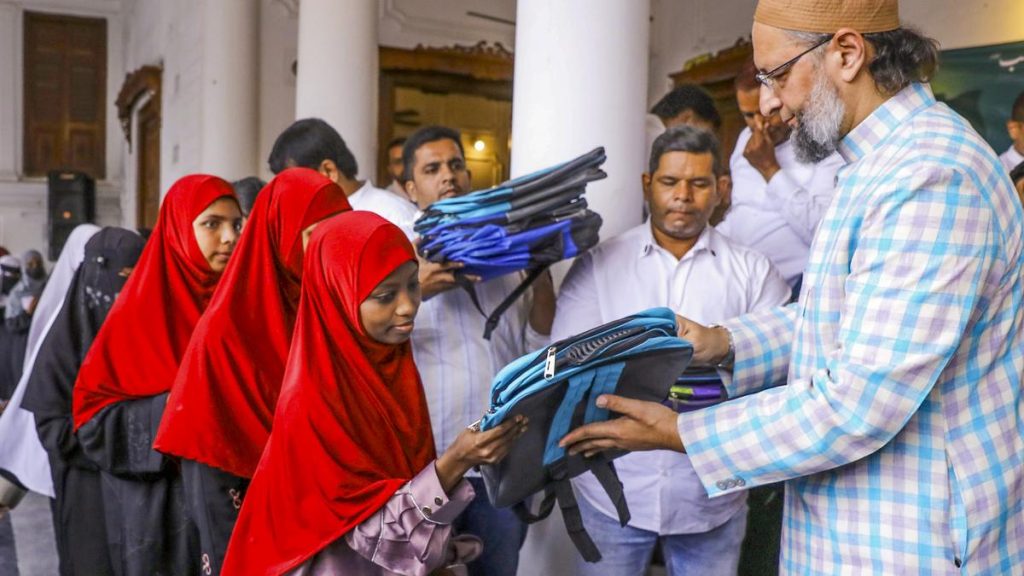Now Reading: Environment Ministry Backs New Coal-Plant Norms as Cost-Effective and Climate-Friendly
-
01
Environment Ministry Backs New Coal-Plant Norms as Cost-Effective and Climate-Friendly
Environment Ministry Backs New Coal-Plant Norms as Cost-Effective and Climate-Friendly
Quick Summary
- The Ministry of Environment and Forests has exempted 78% of thermal power plants from installing flue gas desulphurisation (FGD) units, citing “scientifically justified” reasons.
- FGD units, mandated sence 2015, reduce sulphur dioxide emissions. Only 8% of India’s approximately 180 coal plants had installed them despite multiple extensions due to high costs and limited availability.
- Under new rules:
– Category A: About 11% of coal plant units within a 10-km radius of the National Capital Region or cities with populations over one million must install FGDs by December 30, 2027.
– Category B: Another ~11% in Critically Polluted Areas (cpas) or Non-Attainment Cities (NACs) will be evaluated by an Expert appraisal Committee. If required, they must install FGDs by December 30, 2028.
– Category C: the remaining ~78% are fully exempt from installing FGD systems.
- Reasons for exemption include India’s stringent annual sulphur dioxide limit (50 microgram/cubic meter), nationwide compliance except in two cities (Dehradun and Kolar), low sulphur content in Indian coal, negligible difference observed in air quality between plants with and without FGD technology, and high financial burden (~₹2.54 lakh crore).
- NACs refer to areas failing air quality standards for five consecutive years; there are currently 131 such cities.
for more details on the story: Click here
Indian Opinion Analysis
The revised policy focuses on balancing environmental costs with economic feasibility while considering India’s unique resource situation. Although India’s annual permissible level for sulphur dioxide is comparatively stricter than several developed nations like Japan or Australia-and most urban regions meet this threshold-air pollution remains a pressing health issue given its multifaceted sources.
Exempting nearly three-fourths of thermal power plants from costly FGD upgrades may conserve resources but raises concerns about localized impacts near dense urban clusters already grappling with air quality challenges. Categorizing emission controls based on regional pollution levels demonstrates an attempt at targeted regulation; however, it may lead critics to question whether the cost-saving approach adequately addresses long-term environmental sustainability goals.
While the high ash content but lower sulfur nature of Indian coal aligns rationally with reduced emphasis on indiscriminate mandates for FGDs-issues such as public health correlations between PM2.5 exposure near major NOx/SO₂ emitters might warrant further studies beyond immediate regulatory thought processes.
The teething challenge lies in navigating shifts without diluting accountability mechanisms at key critically polluted zones/NAC priorities upfront by embracing scalable innovations that optimize both functional cost frameworks + ambient norms integrity fitting diverse Plant State across Federal jurisdiction nuances layered compliances framework holistic balance tightly intertwined future planning pathway onward timedelta ahead climate inclusion ambition roadmap correctly aligned approaches Integral realization scenarios context wide field!























